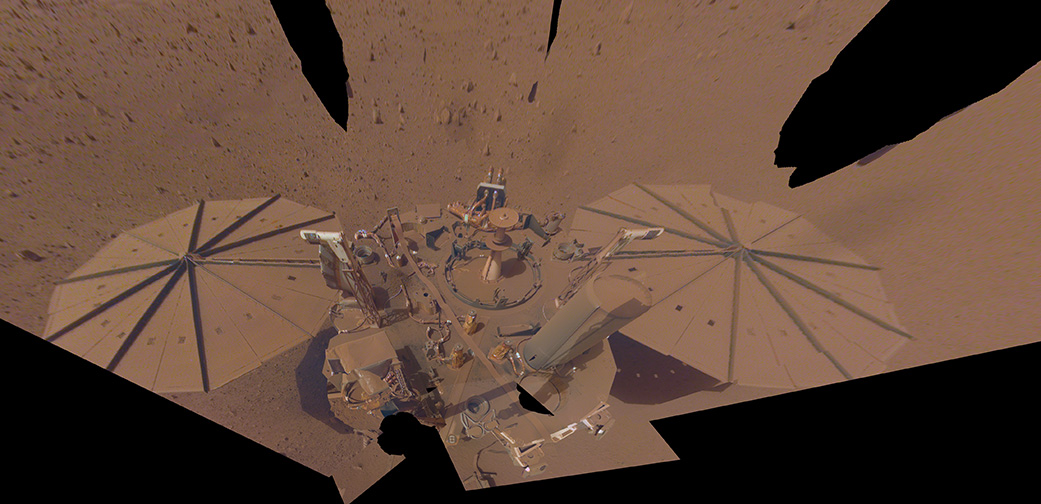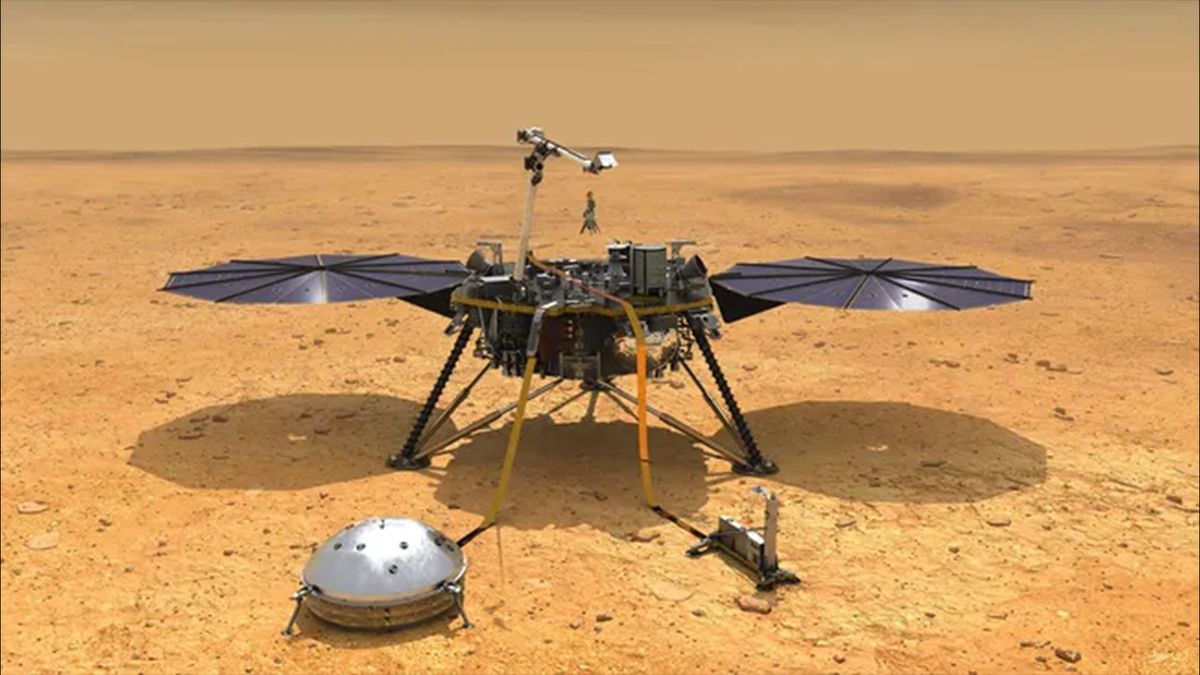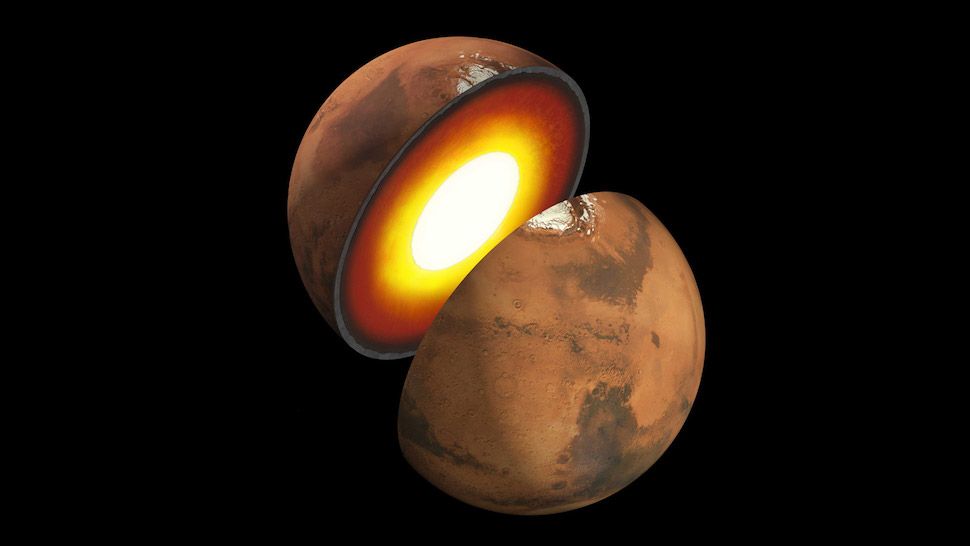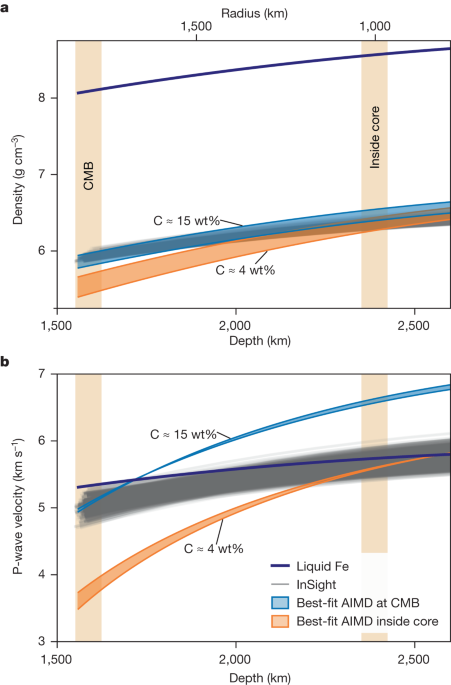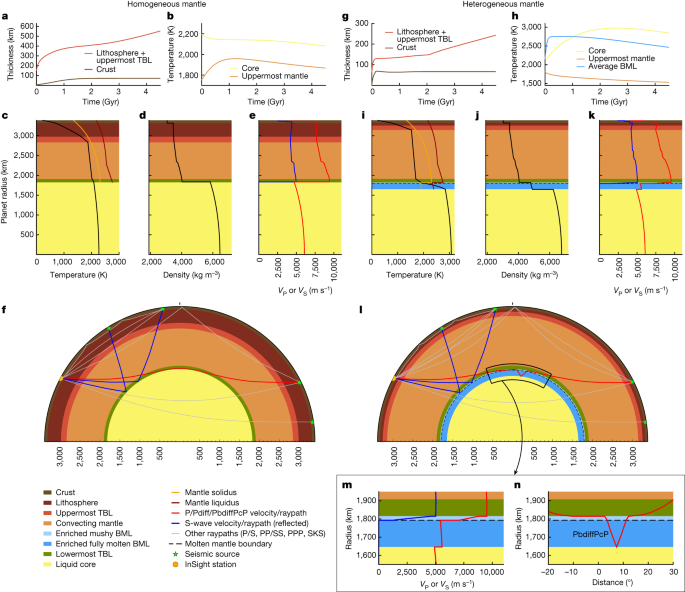FighterJock
ACCESS: Above Top Secret
- Joined
- 29 October 2007
- Messages
- 5,603
- Reaction score
- 5,932
Insight R.I.P.?
On Dec. 18, 2022, NASA’s InSight did not respond to communications from Earth. The lander’s power has been declining for months, as expected, and it’s assumed InSight may have reached its end of operations. It’s unknown what prompted the change in its energy; the last time the mission contacted the spacecraft was on Dec. 15, 2022.
The mission will continue to try and contact InSight.NASA InSight – Dec. 19, 2022 – Mars InSight
blogs.nasa.gov
It will be sad if true for InSight, I would think that JPL would try to keep in contact to see if it was just a glitch in the communications at that time when they sent the signal. Though I would not be surprised at the loss of signal from InSight as the lander was loosing power gradually since the summer.

